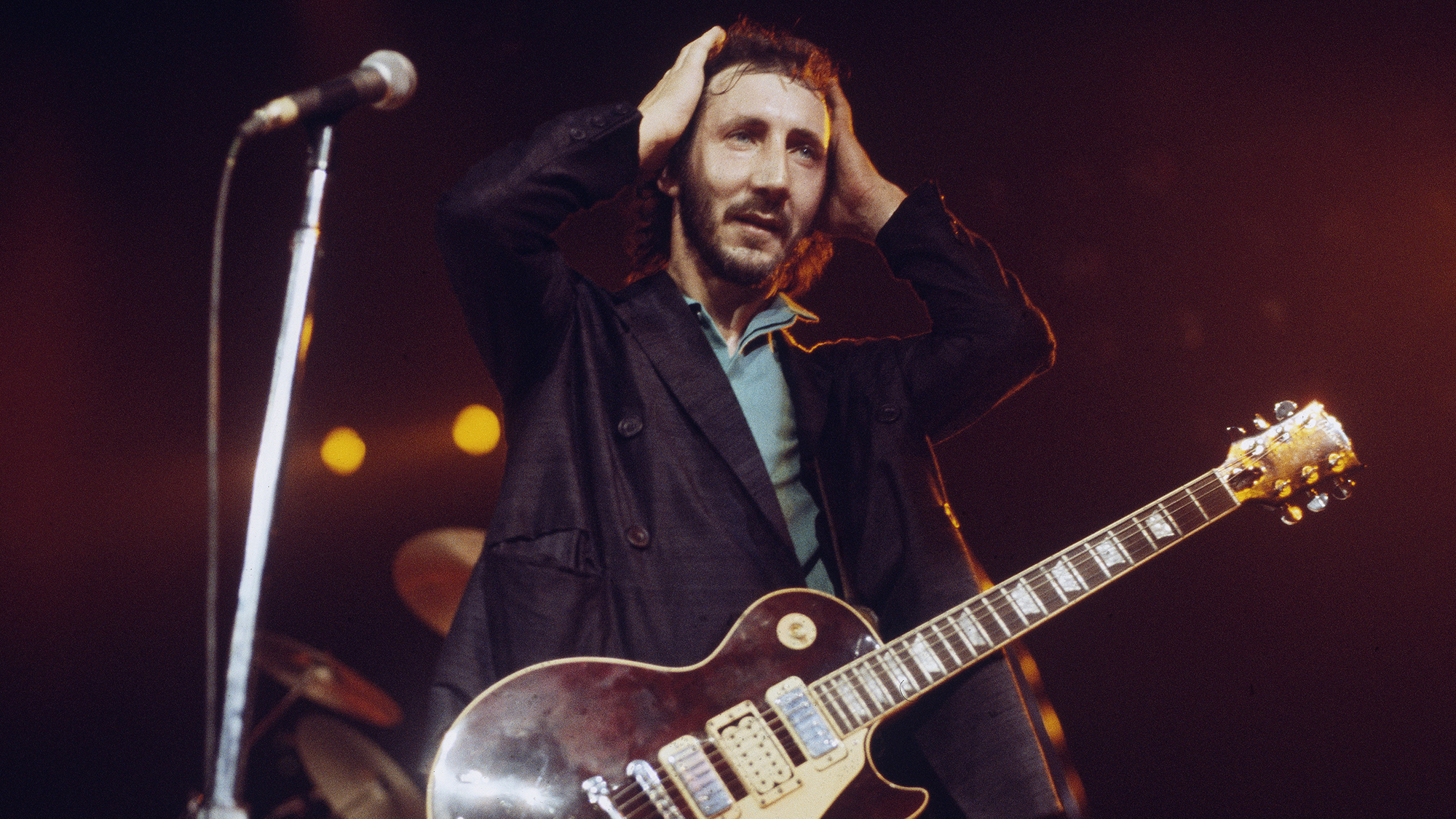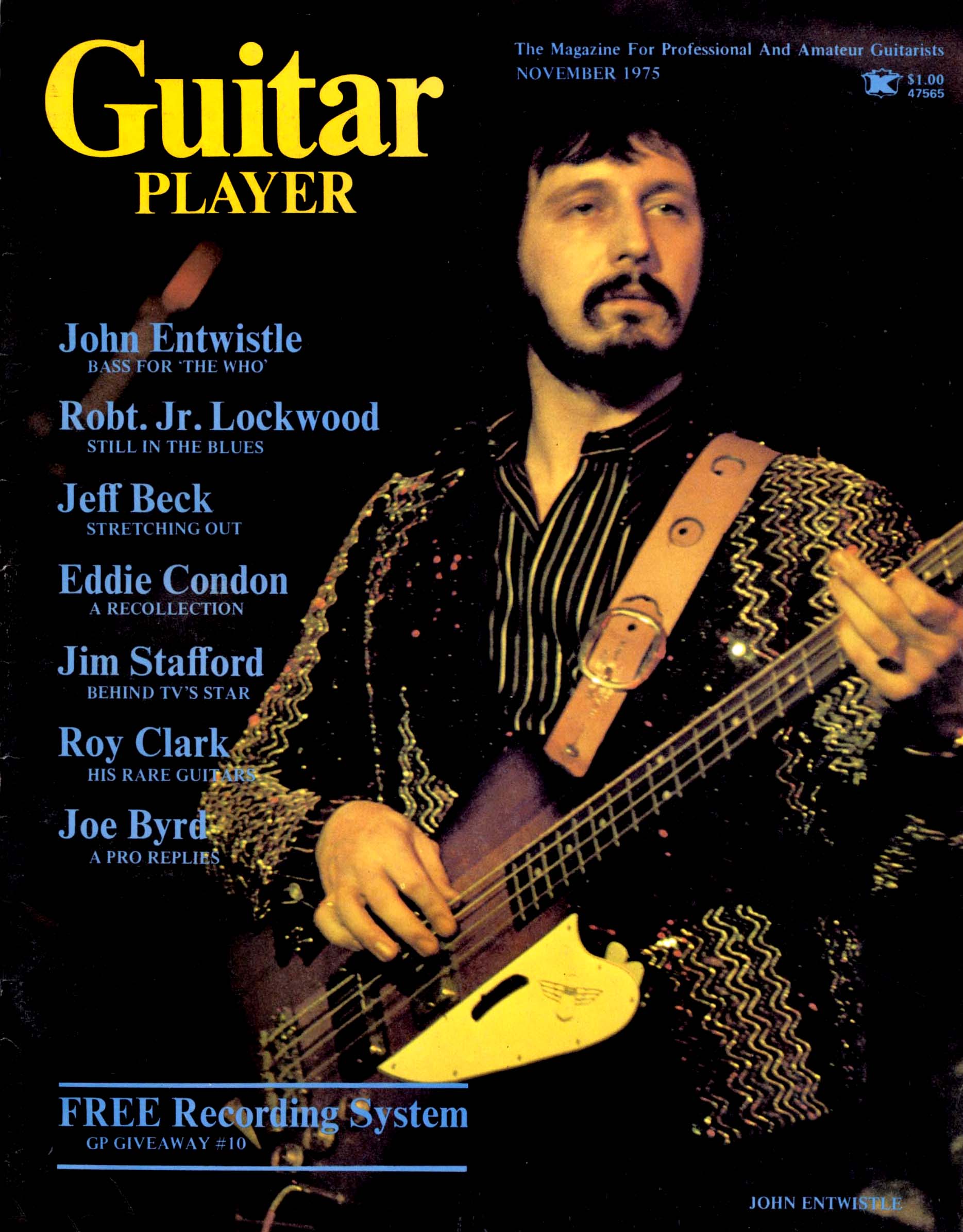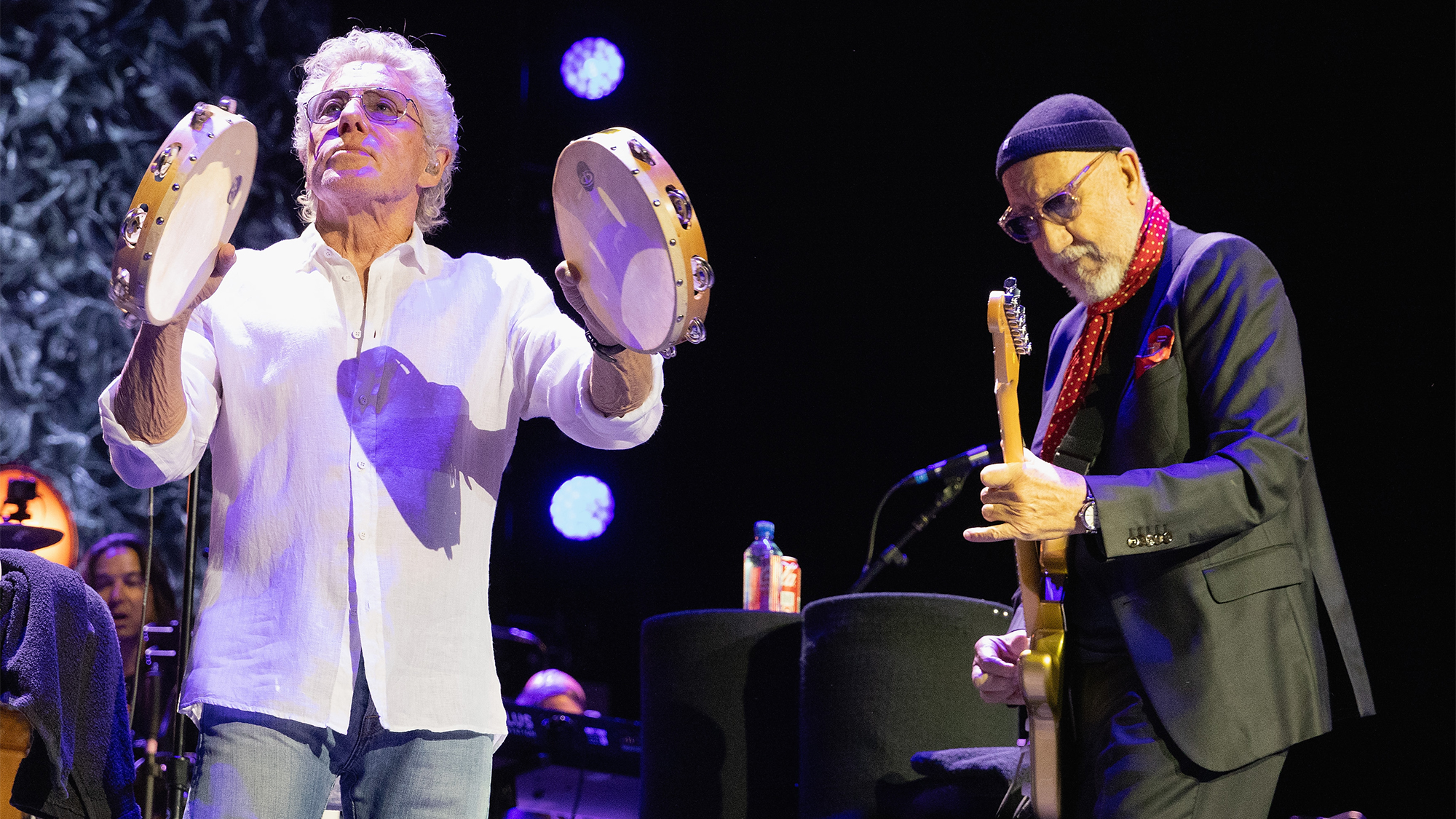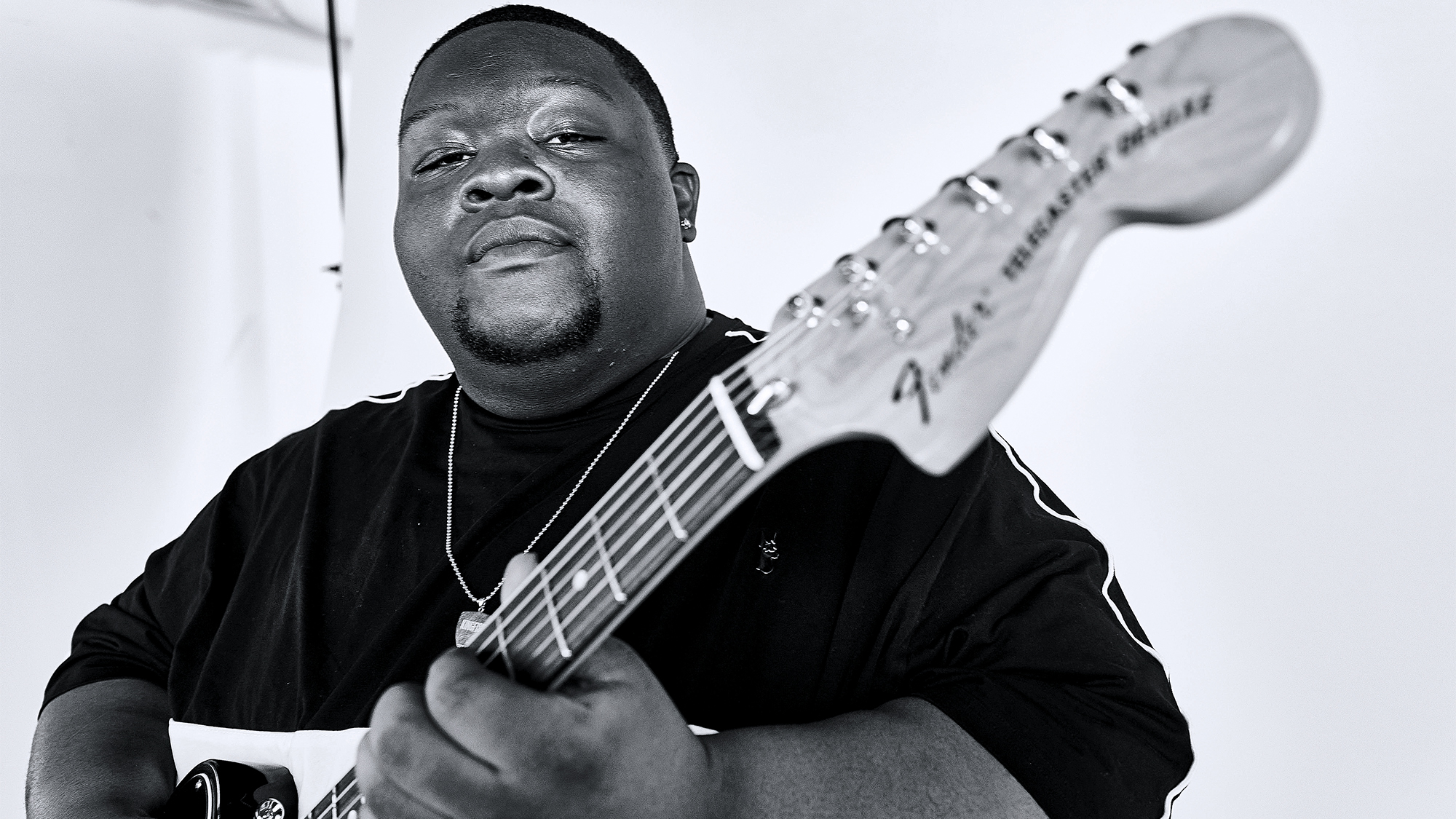“I’m just standing there strumming a chord. And the audience looks at me and goes, ‘How does he produce that noise?’” Pete Townshend on the Who's real lead guitar player
The Who's guitarist and bassist said their inadvertent switching of the lead guitar and bass roles confused fans, while it defined the Who's sound

Pete Townshend is hailed as one of rock’s greatest rhythm players. Even he’s not shy about his talents, telling Sound International in 1980, “in that particular area, I don’t think I’m topped.”
But when it comes to lead work, he admitted long ago he’s not much of an improviser. Most of his solos — from “I Can’t Explain” to “Love Reign O’er Me” were composed ahead of time.
“I started out as a rhythm player, and a few of my lead licks are things I’ve basically developed in recording sessions,” he told Guitar Player in May 1972. “I’ll never be able to play the kind of leads I want. I was happiest listening to Jimi Hendrix — that, to me, was like heaven.’
From early on, Townshend focused on rhythm guitar work, playing slashing chords with his windmilling right arm. By the end of the 1960s, he developed a signature style of 16th-note strumming with his motif for “Pinball Wizard,” played on a Gibson J-200 acoustic guitar, from 1969’s Tommy.
The release of Live at Leeds in 1970 gave a little evidence of his talents as a lead player. He unleashes his fury in a stunning bit of solo work on Mose Allison's "Young Man's Blues" and plays some inspired jagged lines on Johnny Kidd's "Shakin' All Over." Townshend has only improved as a lead guitarist since then, as heard on Who tracks like “Join Together” and — a deep cut — David Bowie’s “Slow Burn,” from 2002’s Heathen. Even when his solos are composed, their impact lies in his execution, and Townshend always connects with listeners emotionally rather than through acts of technical virtuosity.
But from the beginning, the Who’s true guitar player has been the bassist: John Entwistle. It’s Entwistle who takes the lead break in “My Generation,” and whose bass guitar skills came to the fore from Tommy onward, even as Townshend was improving as a lead player.
“What’s interesting is our group is, of course, that the roles are reversed. John is the lead guitar player and although I’m not the bass player he does produce a hell of a lot of the lead work,” Townshend said in the 1980 Sound International interview.
All the latest guitar news, interviews, lessons, reviews, deals and more, direct to your inbox!
“It’s really funny to this day where you get a song like ‘Dreaming From the Waist’ [from 1975’s The Who by Numbers], when John is doing this blinding bass solo and making Alvin Lee look like he plays in slow motion, and I’m just standing there strumming a chord.
“And the audience looks at me and goes, ‘How does he do it? How does he produce that noise?’”
Part of Entwistle’s stealth is his lack of movement, combined with his penchant for dressing in dark colors.
“You see, for years nobody even knew John was there,” Townshend continued. “He used to wear all black and nobody ever put a lamp on him: if we appeared on TV you never saw him unless the camera was whipping from Roger to Keith.”

As the late Entwistle himself told Guitar Player in the November 1975 issue, “I’ve never truly considered myself a bass player. I think I'm a lead/rhythm bass player. Because the Who was a three-piece, and we tried to reconstruct the same sound as on record, I used to play most of the time with a plectrum and played rhythm figures on the bass.
“Then, when we started doing more complicated stuff with Tommy, I started playing lead figures. Occasionally before that, when the guitar went off, I'd have to take over a solo and turn everything full up and go into a solo.
“Maybe if I'd been with another band I might be one of those very tasteful bass-y players, a proper bass player, really.”

Entwistle went on to explain how he managed to make his bass cut through by switching to a Rickenbacker 4001 bass guitar for live performance and using “full treble all the time. We found that it cut to the back of the audience as well, so you could hear what the bass was playing, instead of a blur.”
He also confirmed Townshend’s recollections of how his live bass work confused fans.
“It does tend to happen,” he told Guitar Player. “A lot of people in England, when ‘My Generation’ first came out, thought that Pete was playing the solo — the bass solo. And for months, when we were playing it onstage, that solo would come up, and they always used to look at Pete.
“And after the bass solo was over they used to clap for Pete. I use a very guitar-like sound, so if the audience don't know about the instruments they're obviously going to get confused.
“The offensive thing is they automatically think it's Pete. Yet they can't understand why Pete just has his hands on a chord he's just strummed, and there's a lead figure coming out, and they're still looking at him and saying, ‘How's he doing that?’”

Townshend and Daltrey have announced the Who’s long reign as a performance act is coming to an end. On May 8, the duo — the only surviving members of the original lineup — announced The Song Is Over North America Farewell Tour, named after the band's 1971 hit. The road show begins August 16 in Sunrise, Florida and wraps up on September 28 in Las Vegas.
Tickets will be available starting with a Citi presale and through the Who Fan Club (details below) beginning on Tuesday, May 13.
The news isn’t exactly unexpected. Townshend recently announced he is retreating from performance. “I don’t hate it, but it doesn’t fill my soul in the way that you see some performers — just their soul is filled through being on the stage. That’s not me.”
Christopher Scapelliti is editor-in-chief of GuitarPlayer.com and the former editor of Guitar Player, the world’s longest-running guitar magazine, founded in 1967. In his extensive career, he has authored in-depth interviews with such guitarists as Pete Townshend, Slash, Billy Corgan, Jack White, Elvis Costello and Todd Rundgren, and audio professionals including Beatles engineers Geoff Emerick and Ken Scott. He is the co-author of Guitar Aficionado: The Collections: The Most Famous, Rare, and Valuable Guitars in the World, a founding editor of Guitar Aficionado magazine, and a former editor with Guitar World, Guitar for the Practicing Musician and Maximum Guitar. Apart from guitars, he maintains a collection of more than 30 vintage analog synthesizers.
